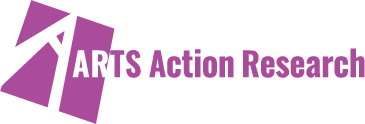We have consistently observed that one of the greatest barriers to change in any organization are the existing structures, expectations and ways of working that, while established to support the organization’s work, have become ill adapted to serve emerging realities and intentions. Overcoming entrenched ways of working requires leaders to acknowledge and use their authority to transform their own organizational realities.
For the past forty years, the dominant organizational format has been the incorporated nonprofit organization with charitable status. This format provided public and private funders with the legal accountability they desired when making financial contributions grants. At the same time, it demands delivery and accountability and cultivates rigid ways of working and complex procedures to ensure that risk is managed out of the processes of the organization. The format is predicated on maintaining a consistent level of annual operations, which was somewhat possible when there were sufficient resources in the arts funding system to support sustained annual activity. However, with the lack of growth in the arts funding system, most arts organizations are now severely under-capitalized and straining to achieve their expected level of annual activities.
Two perilous traps of the structure are the institutional mindset and the relentless drive for growth with its attendant aversion to risk and failure. The institutional mindset often leads to confusion about who is responsible for leading the organization with much of the nonprofit literature on governance supporting a hierarchical organizational structure with the board of directors charged with setting the vision and mission of the organization. This viewpoint is often too rigid and too risk adverse to fit the needs of entrepreneurial artists.
As TLC Toronto progressed it was encouraging to see participants begin to question the orthodoxies of this system and consider other options that might better serve their needs. Once they slipped the bonds of the institutional mindset, they were no longer constrained by the old ways of doing things or confined by the idea that they had to ask permission to initiate needed changes for the health of the organization. Further, being part of a learning network enabled many of the participants to ‘seize permission’ and establish changes because they felt supported by their peers in the network.


Leave a reply
You must be logged in to post a comment.